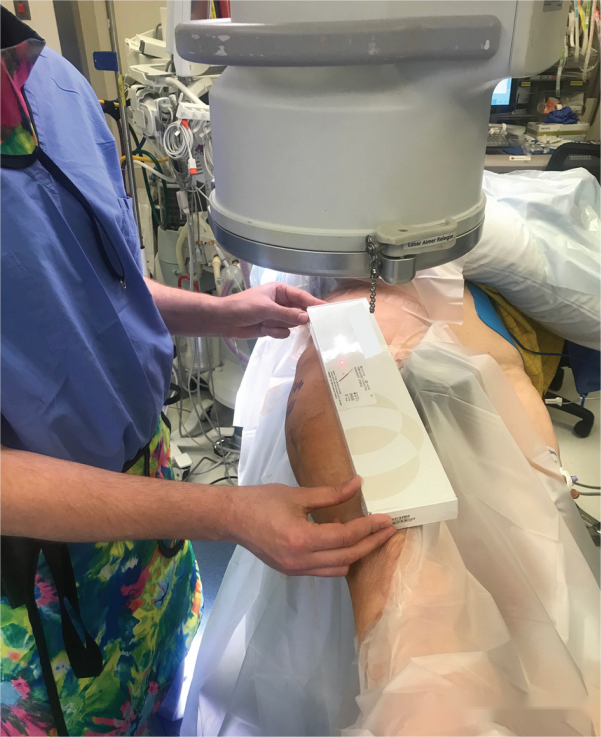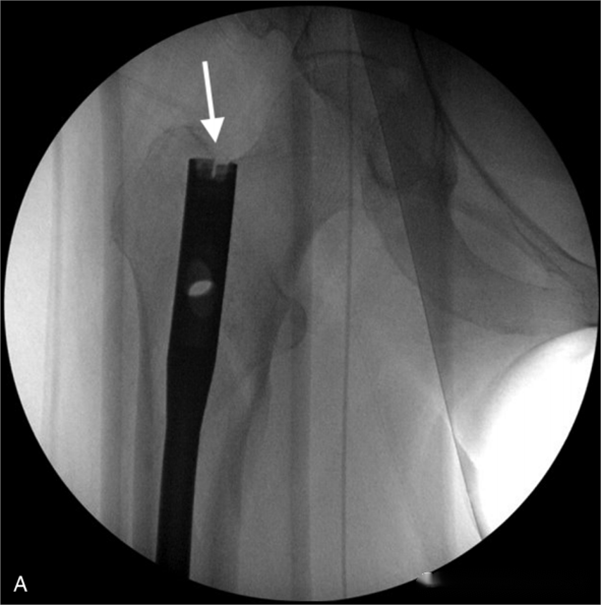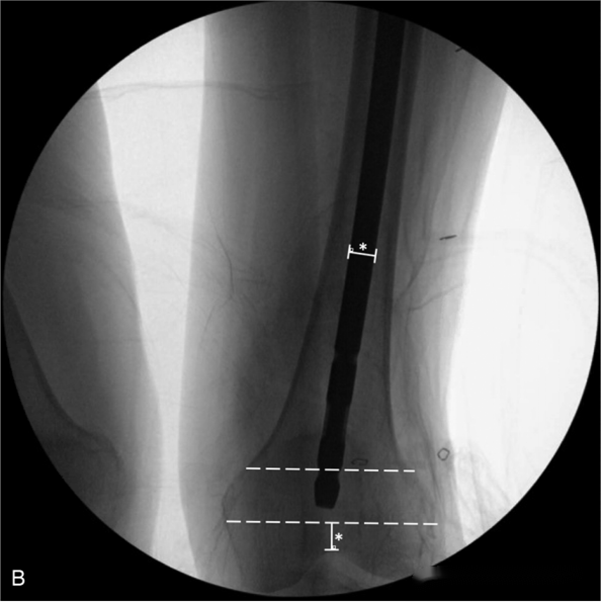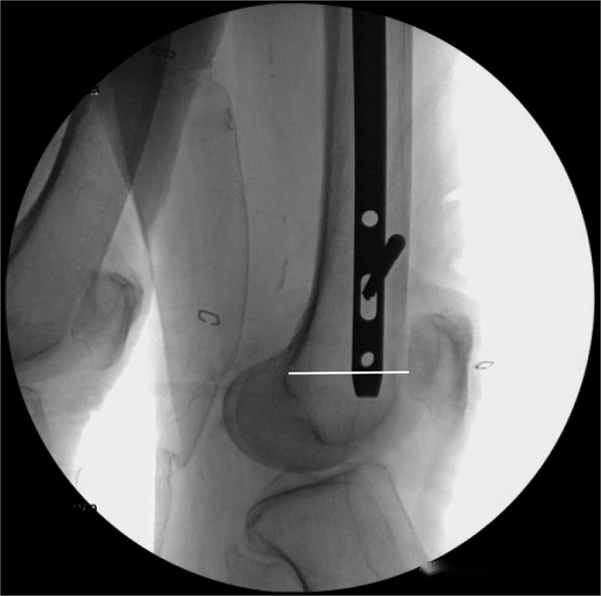Fractures of the intertrochanteric region of the femur account for 50% of hip fractures and are the most common type of fracture in elderly patients. Intramedullary nail fixation is the gold standard for surgical treatment of intertrochanteric fractures. There is a consensus among orthopedic surgeons to avoid the "shorts effect" by using long or short nails, but there is currently no consensus on the choice between long and short nails.
In theory, short nails can shorten surgical time, reduce blood loss, and avoid reaming, while long nails provide better stability. During the nail insertion process, the conventional method for measuring the length of long nails is to measure the depth of the inserted guide pin. However, this method is usually not very accurate, and if there is a length deviation, replacing the intramedullary nail can lead to greater blood loss, increase surgical trauma, and prolong surgery time. Therefore, if the required length of the intramedullary nail can be assessed preoperatively, the goal of nail insertion can be achieved in one attempt, avoiding intraoperative risks.
To address this clinical challenge, foreign scholars have used an intramedullary nail packaging box (Box) to preoperatively assess the length of the intramedullary nail under fluoroscopy, referred to as the "Box technique". The clinical application effect is good, as shared below:
First, place the patient on a traction bed and perform routine closed reduction under traction. After achieving satisfactory reduction, take the unopened intramedullary nail (including the packaging box) and place the packaging box above the femur of the affected limb:

With the assistance of a C-arm fluoroscopy machine, the proximal position reference is to align the proximal end of the intramedullary nail with the cortex above the femoral neck and place it on the projection of the entry point of the intramedullary nail.

Once the proximal position is satisfactory, maintain the proximal position, then push the C-arm towards the distal end and perform fluoroscopy to obtain a true lateral view of the knee joint. The distal position reference is the intercondylar notch of the femur. Replace the intramedullary nail with different lengths, aiming to achieve a distance between the distal end of the femoral intramedullary nail and the intercondylar notch of the femur within 1-3 diameters of the intramedullary nail. This indicates an appropriate length of the intramedullary nail.

In addition, the authors described two imaging characteristics that may indicate that the intramedullary nail is too long:
1. The distal end of the intramedullary nail is inserted into the far 1/3 portion of the patellofemoral joint surface (inside the white line in the image below).
2. The distal end of the intramedullary nail is inserted into the triangle formed by the Blumensaat line.

The authors utilized this method to measure the length of intramedullary nails in 21 patients and found an accuracy rate of 95.2%. However, there may be a potential issue with this method: when the intramedullary nail is inserted into soft tissue, there may be a magnification effect during fluoroscopy. This means that the actual length of the intramedullary nail used may need to be slightly shorter than the preoperative measurement. The authors observed this phenomenon in obese patients and suggested that for severely obese patients, the length of the intramedullary nail should be moderately shortened during measurement or ensure that the distance between the distal end of the intramedullary nail and the intercondylar notch of the femur is within 2-3 diameters of the intramedullary nail.
In some countries, intramedullary nails may be individually packaged and pre-sterilized, but in many cases, various lengths of intramedullary nails are mixed together and sterilized collectively by manufacturers. As a result, it may not be possible to assess the length of the intramedullary nail before sterilization. However, this process can be completed after the sterilization drapes have been applied.
Post time: Apr-09-2024










